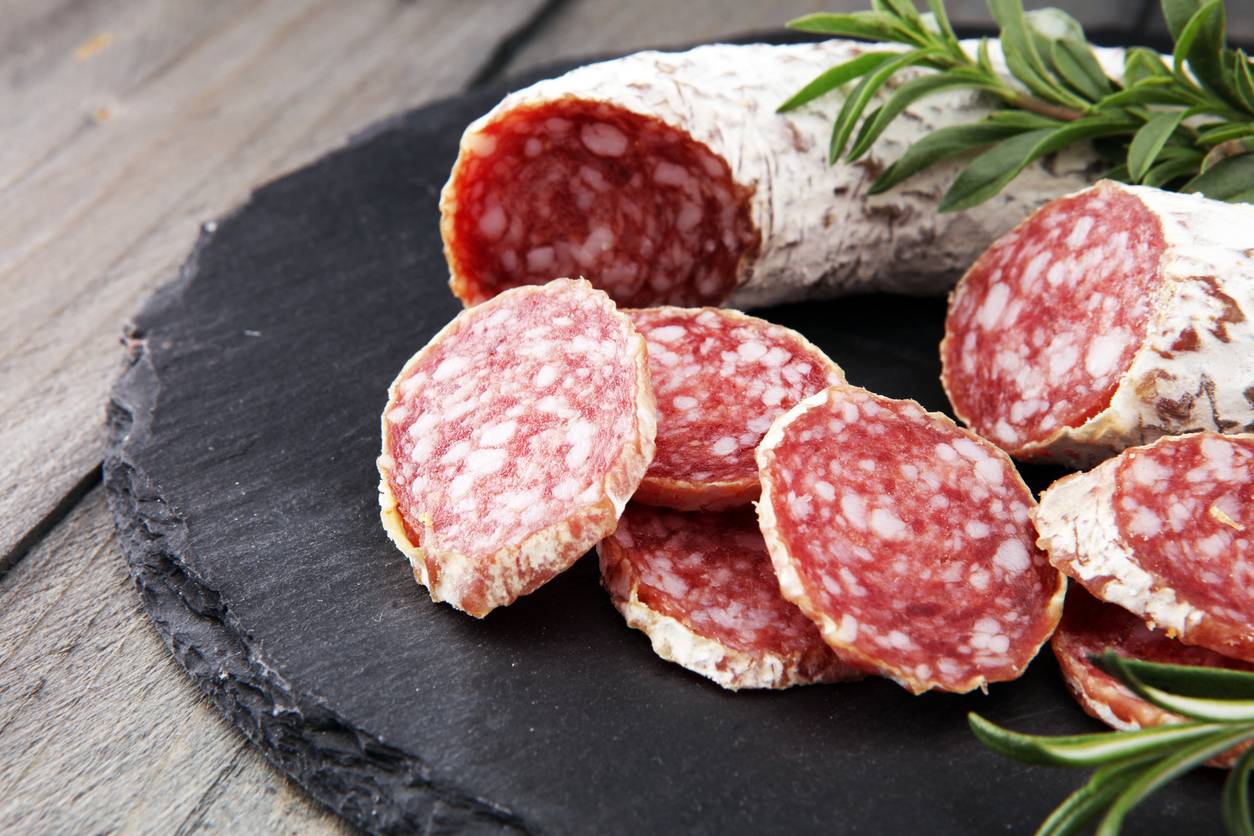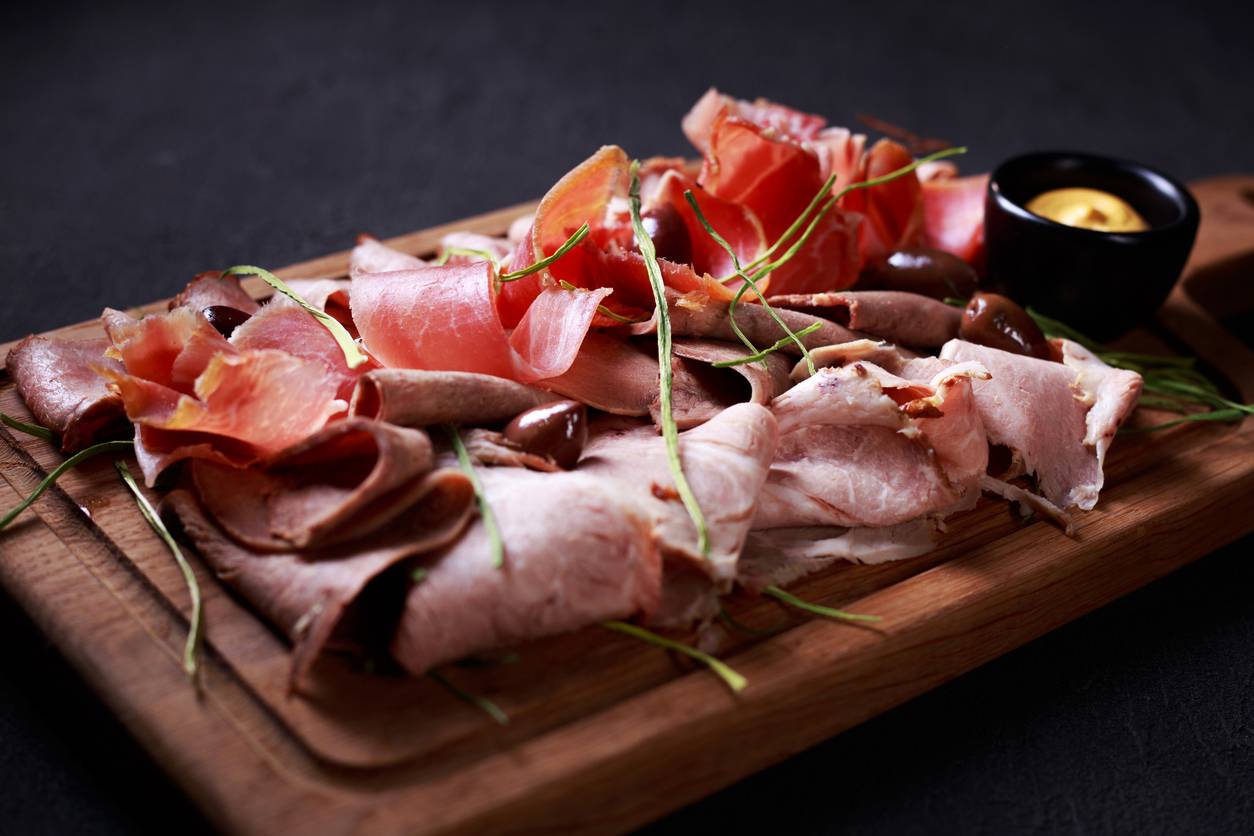Artisanal charcuterie, a true gem of gastronomic heritage, seduces enthusiasts of authentic culinary flavors. Behind each slice of ham or sausage lies a craftsmanship passed down from generation to generation. Discover the traditional methods of charcuterie production and the unique ingredients that make it stand out.
Traditional Techniques of Charcuterie Production
It all starts with the selection of meats from animals raised in the open air and fed naturally. This step is crucial as it directly influences the quality of the charcuterie. Producers prioritize local breeds for their specific characteristics. The pieces are carefully selected and prepared to avoid excess fat and tendons. They are then seasoned with a mixture of salt and sometimes wine, which varies according to the recipes and practices of each region.
This seasoning, applied by hand, facilitates the uniform distribution of flavors and also promotes their preservation. The maturation process is equally crucial to achieve a good result. The charcuteries are placed in cellars where temperature and humidity are controlled to allow optimal aging. This process, which can last several months, develops the unique tastes and textures of each product.
To find the best saucisson, you must rely on the appearance of this artisanal charcuterie. Its skin should be dry and mold-free. The presence of light white spots is normal, but green or black spots should be avoided. Some manufacturers smoke the charcuterie to add an extra dimension, depending on the desired outcome. Done with wood, smoking imparts subtle and appetizing flavors. Slow cooking at low temperatures preserves the organoleptic qualities while ensuring perfect safety. Finally, stuffing into natural casings and manual tying attest to artisanal craftsmanship.


Essential Ingredients for Successful Charcuterie
Each carefully chosen component contributes to the balance of flavors in charcuterie. Pork is the most commonly used meat, but beef, lamb, and even game have their place in some traditional recipes. Salt helps preserve and develop flavors, but its use should be moderate. Choose high-quality salt extracted from local saltworks or renowned sources. Spices and herbs bring complexity and depth to the tastes. Pepper, garlic, paprika, cumin, and many others are selected for their freshness and aromatic intensity. The process varies depending on the regions, with each region having its preferences and closely guarded secrets.
Wines and spirits, often included in marinades, add subtle notes and contribute to the preservation of charcuterie. Red or white wine, cognac, or even calvados are common examples of these choice ingredients. Natural casings, used for stuffing, are essential for their permeability and ability to allow even maturation. They ensure a pleasant texture and a beautiful presentation. Water, although sometimes overlooked, must be pure and of high quality. It is used for cleaning meats and preparing seasonings.
Explore the Different Varieties of Artisanal Charcuterie
Ham is undoubtedly one of the most emblematic products in the charcuterie universe. Made from pork thighs, it is salted and aged for several months, even years. Those from Bayonne, Parma, and Iberico are some famous examples. Each region adds its special touch that influences the flavor and appearance of the final product. The essential dry sausage comes in a variety of options. It is made with minced meat, seasoned, stuffed into natural casings, and then dehydrated.
The added flavors vary according to local recipes. The saucisson de Lyon, d’Auvergne, and Spanish chorizo are all dishes you should discover. Each product reveals rich tastes and a melt-in-your-mouth texture, perfect for enjoying on a slice of fresh bread. Additionally, black pudding, made from pork blood and seasoning, and white pudding, more delicate, are also highly appreciated specialties.
Smoked charcuteries bring an extra dimension through their aromas. Bacon, lard, and dry duck breast are examples of these delights. The smoking process, done with woods like beech or oak, gives them a range of flavors. Regional specialties like rosette de Lyon, Savoie ham, and Corsican coppa illustrate the diversity and richness of the heritage. Each product tells a story, one of its origins, traditions, and craftsmanship.


Where to Find Quality Products?
Local markets are one of the first places you should visit. There, you’ll meet passionate producers proud of their goods and eager to share their craftsmanship. Explore the shops of Provence, the market halls of Lyon, or the gastronomic fairs in the Paris region. These are all places where you can discover authentic artisanal charcuteries. Specialized boutiques also offer a rigorous selection of products that meet strict standards.
These fine grocery stores are usually located in city centers or renowned neighborhoods, prioritizing quality. You’ll find carefully curated brands, often from small family farms. Moreover, farms open their doors to enthusiasts who wish to deepen their knowledge. You’ll have the opportunity to learn more about the charcuterie production process and participate in tasting sessions. These visits are unique moments that allow you to appreciate the work and passion of the producers.
Gastronomic fairs and charcuterie festivals are events not to be missed. These gourmet gatherings bring together the best artisans with whom you can discuss and purchase delicious products. The Salon du Goût in Turin or the Agriculture Fair in Paris are ideal occasions to discover and savor them. Online shops have also emerged, offering a convenient solution for those unable to travel. You’ll find various specialized sites for the sale of artisanal charcuterie. These platforms carefully select producers and guarantee the quality and freshness of the products.




